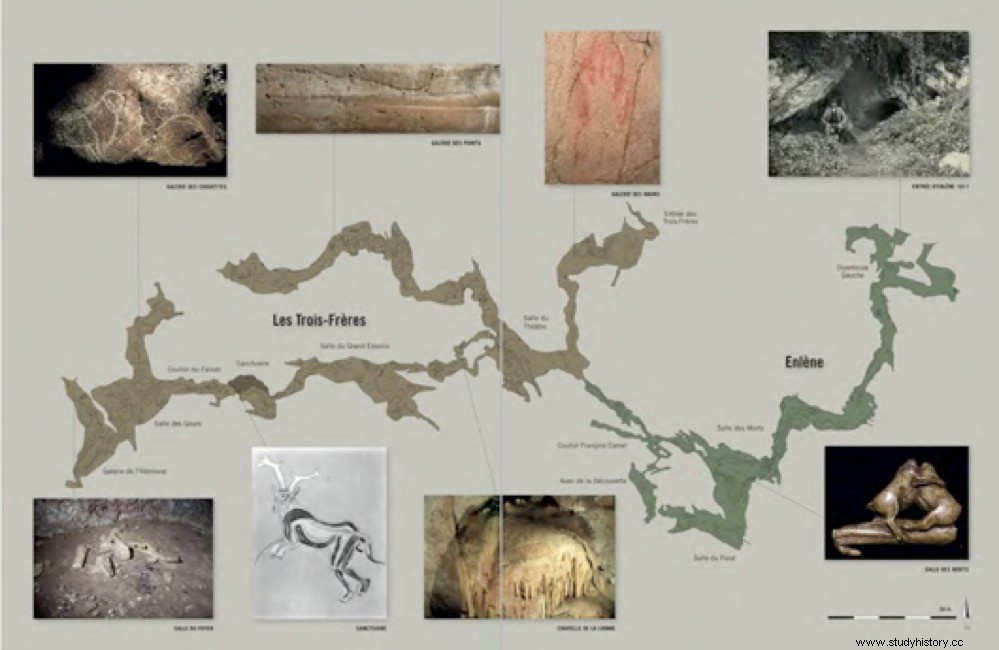The excavations carried out in the Parking Givati area of the so-called City of David in Jerusalem continue to bring surprises. The last one is a piece of pottery in which the face of the Egyptian god Bes is represented.
The piece, which appeared along with multiple pottery shards from the Persian period (4th and 5th century BC), features a carved face with large bulging eyes, whose features archaeologists have identified as the Egyptian god Bes, who was often depicted in this way. way, like a dwarf figure, plump and bearded, and with his tongue hanging out.
Although incomplete, there is little doubt about it because the Bes vessels they were very common during that period in Egypt and Persia.

Bes was a protective deity of households, especially of women during childbirth, and of children. Over time he came to be considered the defender of kindness and was also associated with dance and music. He could normally be found adorning the walls of houses, on objects such as mirrors and ceramic vessels, but also on protective amulets. His features, somewhat comical or humorous, expressed joy and warded off evil spirits through laughter. He also had a female counterpart, named Beset.
It is the first time that a ceramic fragment with his image has been found in the area, although some have appeared, in addition to amulets, in Phoenician coastal sites, which would indicate that they adopted Bes as their protective god. Similar finds have also been made in cities such as Susa or Persepolis. Researchers believe that Bes was brought to Persia by Egyptian craftsmen.

One of the most famous images of Bes was found in the Bahariya oasis in Egypt, where there was a temple dedicated to him. He is a thick-featured figure wearing only a belt and a lion-skin cloak on his back, very reminiscent of some kind of laughing Buddha.
It is dated between 332–30 B.C. The figure of Bes also appeared in the tomb of Tutankhamun, adorning an ivory headrest from around 1330 BC, which supposedly protected the pharaoh while he slept .
As a curiosity, the Phoenicians founded a settlement on the island of Bes circa 654 BC, later called Ebusus by the Romans , and that we know today as Ibiza.
